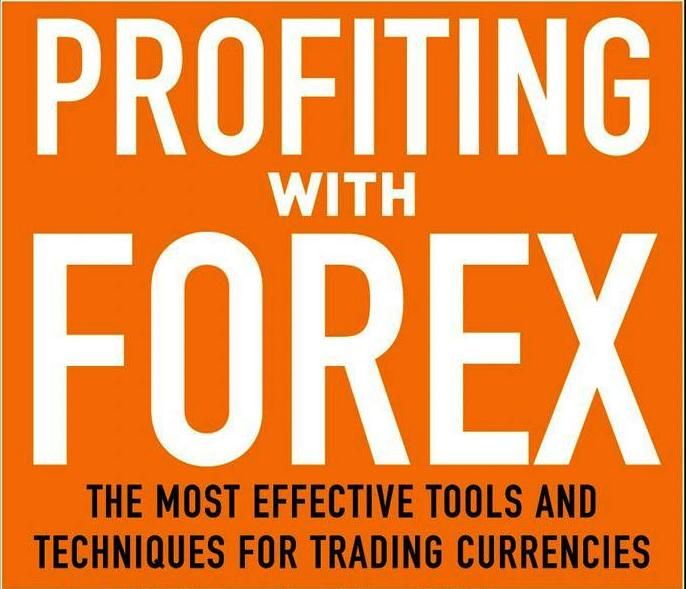What indicators are
Indicators are used for identifying or even creating patterns in the chaos of the currency market. They indicate market data in order to create or define trading scenarios. Therefore, the indicators do not forecast future situation. They put price data in order so that possible opportunities for profitable trading may be defined.
No indicator is correct or wrong in regard to the signals it produces. To achieve a desired result, any indicator should be used alongside an appropriate money management strategy. There are various indicators and it is quite easy to find a needed one for the assessment of the market, especially if you have basic knowledge. In this case it is clear what an indicator reflects. Different patterns lead to different techniques that can be applied most effectively as a part of a trading strategy.
4 Major types of Forex indicators
Momentum indicators on the forex market measure the strength of a trend, that is the speed of price changes for a certain interval. It helps a trader find out whether the market heads towards an overbought zone or oversold one.
Examples of strength indicators: Relative Strength Index (RSI), Stochastic Oscillator, Commodity Channel Index (CCI).
Examples of strength indicators: Relative Strength Index (RSI), Stochastic Oscillator, Commodity Channel Index (CCI).
Traders often say that a trend is their friend because identifying and trading in the direction of a trend may lead to large profits. However, a trend changes from time to time. One day you can see a downtrend; and in a week, an uptrend. Identifying a trend is a key to successful trading.
Examples of trend indicators: SAR, Moving Average, True Trendline Indicator.
Examples of trend indicators: SAR, Moving Average, True Trendline Indicator.
FX Volatility indicators show us the size of a price range. If volatility increases after a breakout, it confirms that it was not a false breakout. In most cases a change in volatility may change price direction (a trend).
Examples of volatility indicators: Average True Range, Bollinger Bands, Envelopes indicators.
Examples of volatility indicators: Average True Range, Bollinger Bands, Envelopes indicators.
These are used as confirmation indicators. If volume (number of deals) increases in the direction you wanted to enter, short or long, the chances of gaining profit are also higher. On Forex, the volume is not as relevant as on the stock or futures markets because Forex is not a centralized market.
Examples of volume indicators: Money Flow Index, On Balance Volume, Demand Index.
Examples of volume indicators: Money Flow Index, On Balance Volume, Demand Index.









Herritsch
Artik
Herritsch
Marhala
Artik